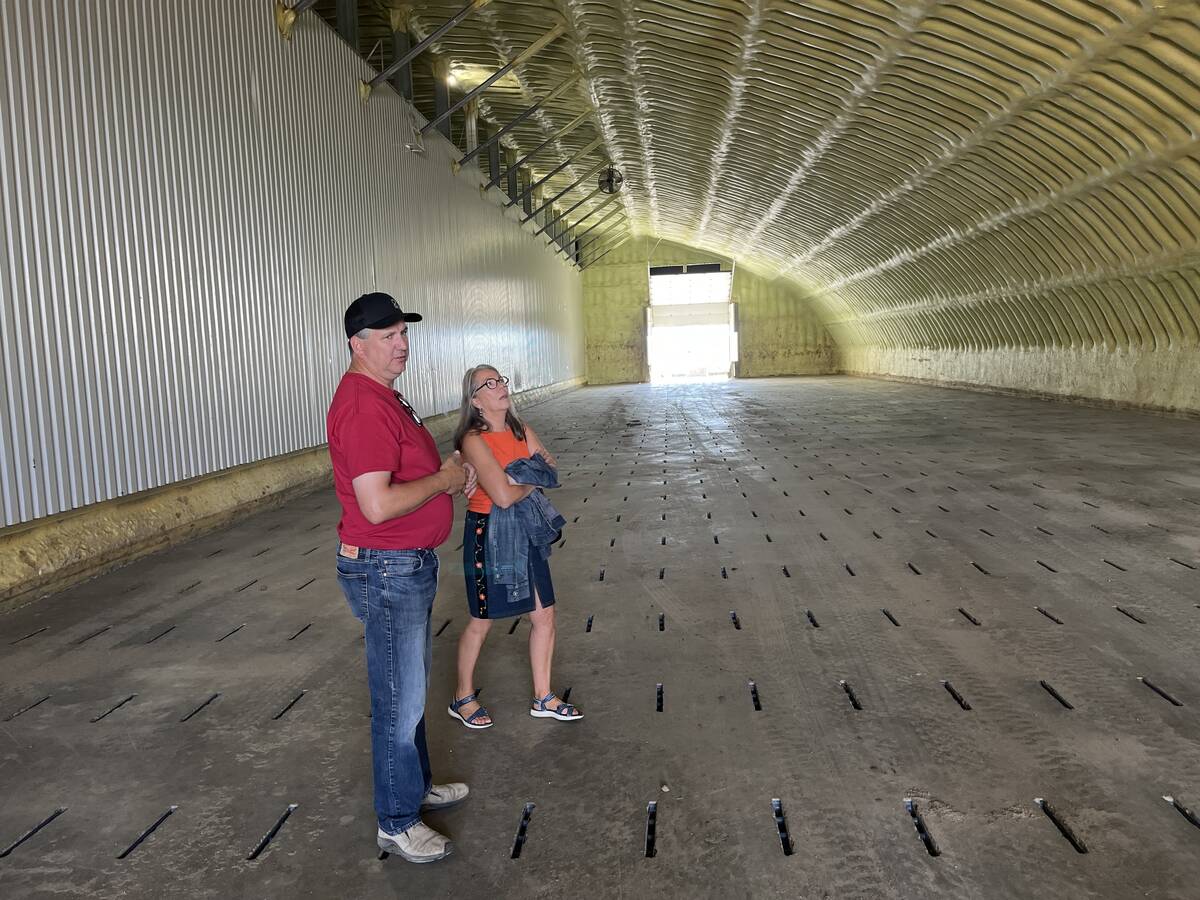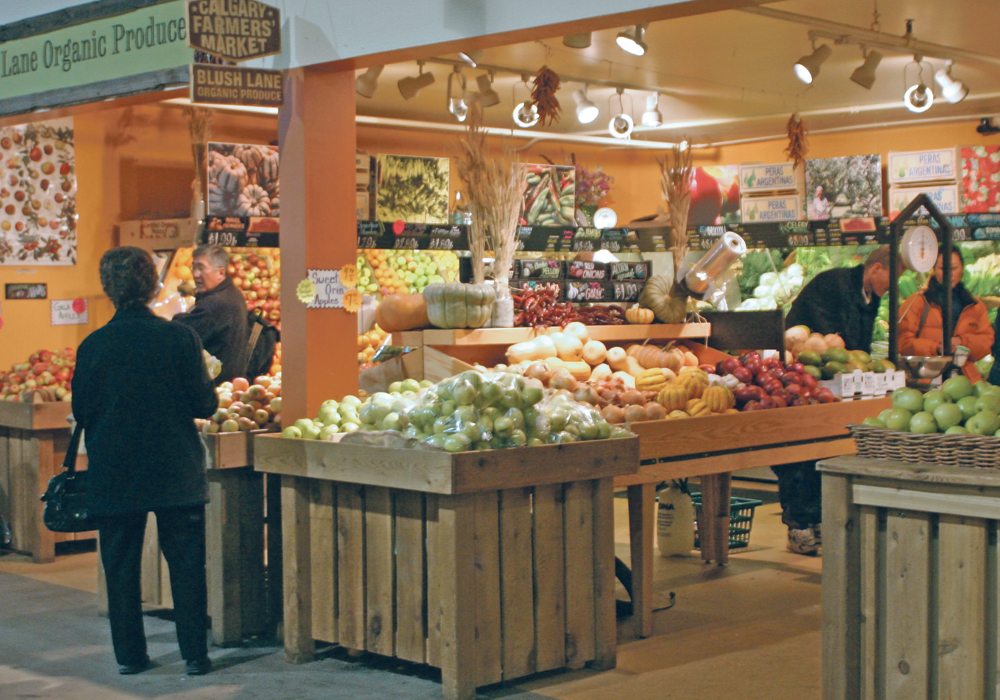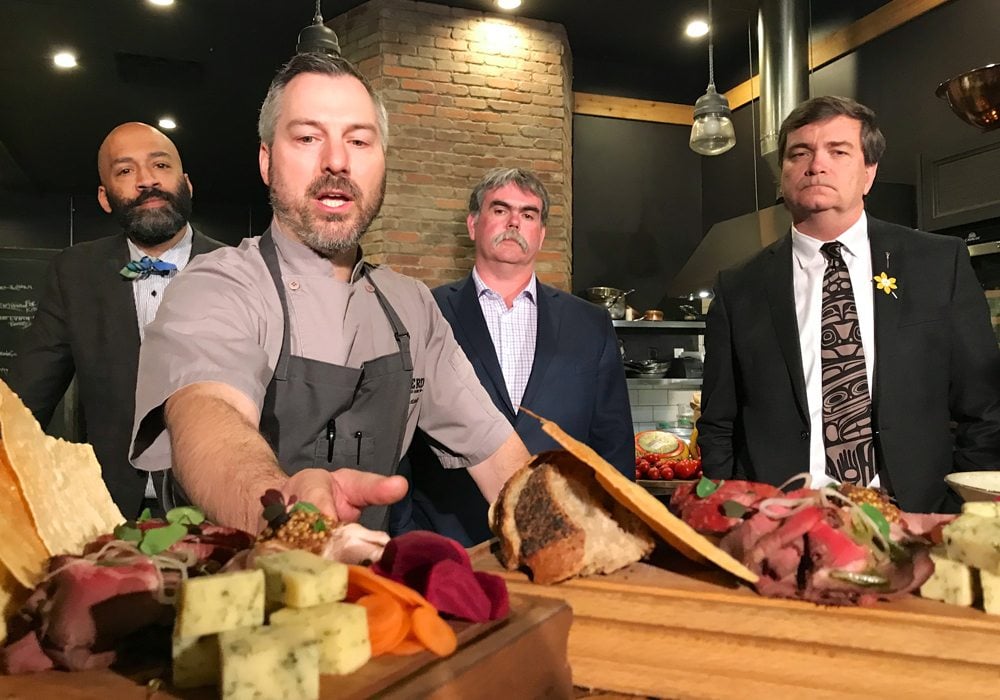Researchers in British Columbia say the Okanagan could produce two-thirds of its own food while maintaining exports
Glacier FarmMedia – It’s replete with orchards, vineyards and other farms, but British Columbia’s Okanagan Valley can’t feed itself.
Assuming food grown in the region is first sold and consumed there, the Okanagan is 38 per cent self-sufficient, according to Kwantlen Polytechnic University researcher Kent Mullinix.
Local food consumption isn’t prioritized in the area, he noted, so self-reliance is maybe half that statistic.
Mullinix’s information, presented during a webinar hosted by the Canadian Agricultural Policy Institute earlier this year, highlighted work done through the university’s Institute of Sustainable Food Systems on local food systems and their self sufficiency.
Read Also

Potato farm requires year-round management
The most recent Open Farm Day in Alberta showcased agricultural producers across the province educating the general public about the process that is required is to get food to their table.
Regions don’t need to be self-reliant to feed residents, but regional food systems would provide significant economic benefits while operating alongside the current international food system, researchers argued.
Mullinix and colleagues divided B.C. into seven bioregions based on topography, plant and animal life, and culture. They then used data, including the 2016 Census of Agriculture, to model food system scenarios such as a hypothetical population jump, dietary changes or reduced farmland due to urban encroachment.
Assuming an average Canadian diet, the Okanagan can produce 88 per cent of its dairy needs, the team reported. It can produce 60 per cent of its poultry needs, 34 per cent of its fruit (many fruits of dietary choice can’t be locally grown or are eaten out of season) and small amounts of other food groups like grains, red meat, eggs and oils.
Tree fruit and wine production is very export based and brings a lot of revenue to the region, Mullinix said.
Researchers found that if agricultural land use was optimized to produce food for the region, self-reliance could nearly double. If the wine grape and tree fruit sectors kept up exports as usual, 66 per cent reliance could be achieved.
If even more land was brought into production, researchers suggested 74 per cent self-sufficiency could be achieved while maintaining exports.
In all instances, economic benefits like income, production, jobs and tax revenue “are consistently improved” with more local food, Mullinix said.
Modelling for the southwest B.C. bioregion, which included metro Vancouver, the Fraser Valley and sections north of Vancouver, saw similar economic outcomes from regionalization.
Mullinix said that eating more regionally produced food would make for a more resilient food system. However, it would require a thriving post-production sector, “which doesn’t exist.”
He also suggested regional food systems could not exist without eliminating monopolies and oligopolies.
The report noted that regional food doesn’t inherently reduce environmental impacts. The only scenarios that reduced food system emissions under the models involved either losing productive farmland or changing consumer diets to reduce consumption of meat and animal products.
However, regionalized food production brings those emissions home, the report said, increasing “our capacity to mitigate them through locally developed policies and best practices.”


















